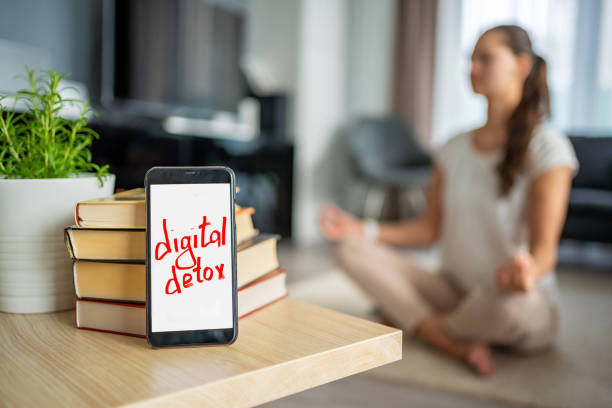In today’s hyperconnected world, constant notifications, social media, and screen time can take a toll on your mental clarity and focus. Digital detoxing—a deliberate break from digital devices—is gaining attention in 2025 as an effective way to reset your mind, reduce stress, and improve productivity.
Here’s how digital detoxing works and how you can integrate it into your daily life.
What Is Digital Detoxing?
A digital detox involves reducing or eliminating the use of electronic devices for a set period. This can range from a few hours a day to full-day or weekend breaks from smartphones, computers, tablets, and social media. The goal is to reconnect with your thoughts, environment, and real-world interactions without constant digital distractions.
Benefits of Digital Detoxing
1. Improved Mental Clarity
Stepping away from screens helps your brain process information more efficiently, reducing cognitive overload. You’ll notice:
- Clearer thinking
- Better decision-making
- Enhanced creativity
2. Enhanced Focus and Productivity
Without the constant ping of notifications, your attention can remain on important tasks, improving work quality and efficiency.
3. Reduced Stress and Anxiety
Digital detoxing lowers exposure to social media comparisons and information overload, which are common triggers for stress and anxiety.
4. Better Sleep
Reducing screen time before bed decreases blue light exposure, helping your body fall asleep faster and enjoy deeper rest.
5. Improved Social Connections
Focusing on face-to-face interactions strengthens relationships and increases a sense of community and emotional support
How to Start a Digital Detox
Step 1: Set Clear Goals
Decide why you want a digital detox—whether it’s mental clarity, productivity, or better sleep. Setting goals helps you stay committed.
Step 2: Schedule Device-Free Times
Start with short intervals, such as:
- No screens during meals
- Device-free hours before bedtime
- One social media-free day per week
Gradually extend these periods as you become more comfortable.
Step 3: Replace Screen Time with Mindful Activities
Engage in activities that stimulate your mind and body:
- Reading physical books
- Outdoor walks or exercise
- Meditation or journaling
- Creative hobbies like painting or cooking
Step 4: Limit Notifications
Turn off non-essential alerts on your phone and computer to reduce interruptions without going fully offline.
Step 5: Reflect on the Experience
After each detox period, reflect on your mental clarity, focus, and mood improvements. Adjust your approach as needed.
Tips for Maintaining a Healthy Digital Balance
- Use technology intentionally: Only check devices for necessary tasks
- Establish boundaries: Communicate your availability to colleagues and friends
- Monitor screen time: Apps and device settings can track usage without causing stress
- Practice mindfulness: Stay aware of when technology is enhancing or detracting from your day
Digital detoxing is a powerful tool to regain control over your mind in a world dominated by technology. By incorporating regular breaks from screens, you can improve mental clarity, boost focus, reduce stress, and strengthen real-world connections. In 2025, prioritizing digital wellness is not just beneficial—it’s essential for a balanced, productive life.

